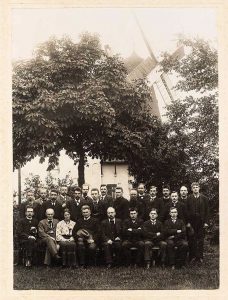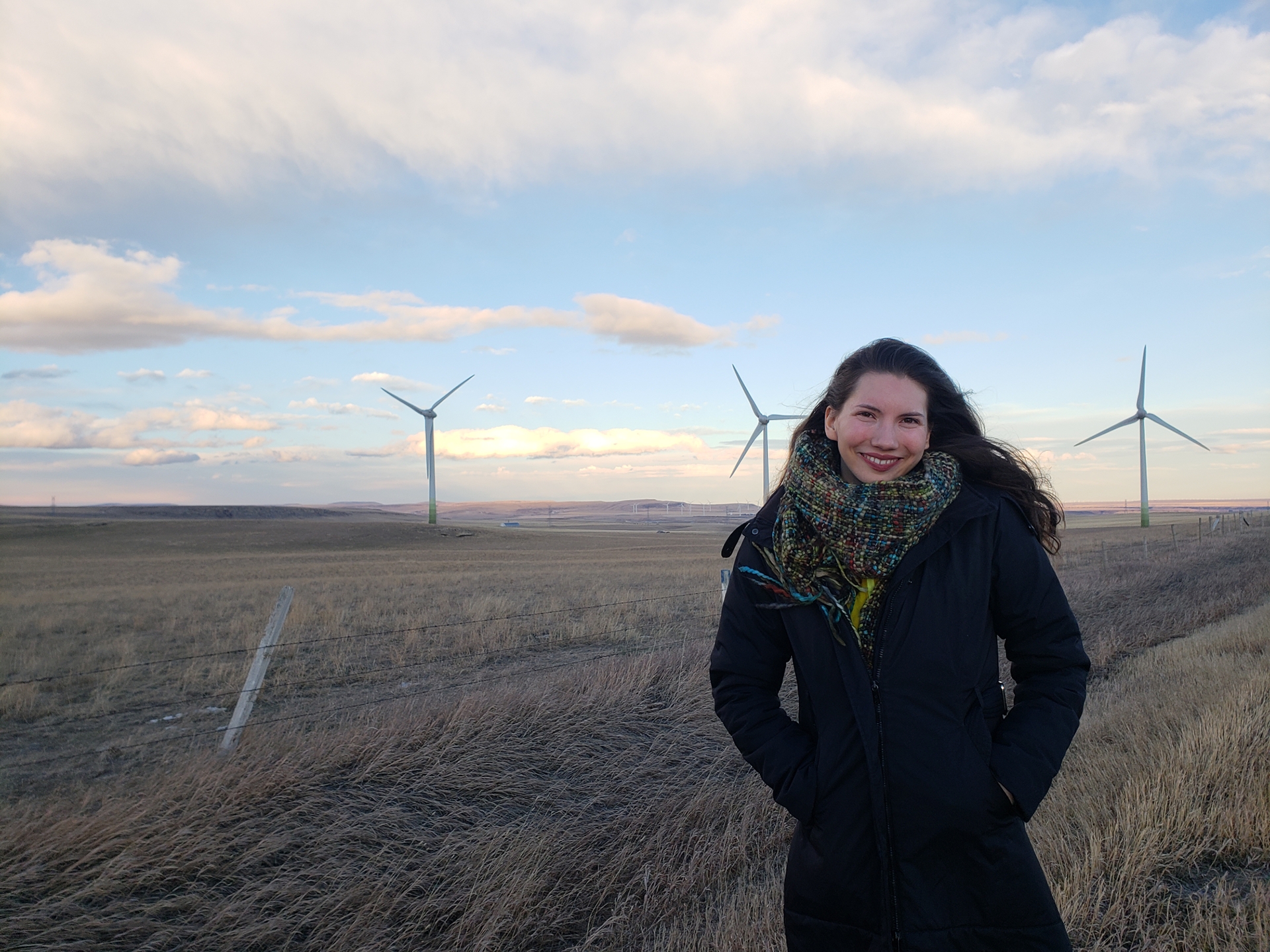
Written by: Katrina Gorrie, British Columbia Coordinator
On a layover at Paris’s Charles-de-Gaulle Airport in 2018 I got talking to another passenger. I asked her where she had been and where she was going. She told me she was travelling to Berlin to see the windmills and wind turbines in the countryside. She had travelled all over the world seeing them with a tour group.
At first, I didn’t understand how someone was that excited about an ordinary windmill or wind turbine. But through my time working as an educator with Relay Education, I have learned how far back the history of turbines go. For a long time, I thought of wind turbines as somewhat futuristic, and not an invention that goes back over 100 years.
First, a distinction between windmills, and wind turbines. As an educator on renewable energy, I often hear people refer to wind turbines as windmills. To understand the difference, pay attention to the words “mill” and “turbine”. A mill by definition is something that grinds or crushes. In the case of a windmill, it will crush grain into flour. A turbine is defined as a machine that produces continuous power via a revolving rotor or wheel.
While windmills and wind turbines are different, the two are connected through history. Early turbine designs were adapted from grain milling constructions documented since the 11th century. Between 1887 and 1891, three different people from three countries – United States, Scotland, and Denmark – designed and built the first electricity-producing turbines.
The most notable of the group is Poul la Cour, a Danish scientist, inventor and educationalist, who built the first wind turbine in Denmark. He did something the rest didn’t – he paired his turbine with a regulator that allowed fluid energy distribution.
From the Poul la Cour Museum website, “Poul la Cour wanted the rural population to benefit from electricity. The plan was to ease the farm labour and make it more efficient and to provide light for reading, working during the long dark winter evenings.”

The participants of the first course in wind electricity held by the Society of Wind Electricians in May and June 1904. Poul la Cour is seated in the middle row as the first from the left.
Poul la Cour created the Society of Wind Electricians in 1903, which consulted on new electricity utilities in rural towns. The society also had an education program for electricians, which had a big impact on the increase of electricity service in the rural areas. The electricians took a three-month course which instructed in basic installation of a wind turbine, as well as accounting, geometry and physics.
He is a great inspiration to our organization, as we offer similar education and training programs over 118 years later.
The course had many students, including Johannes Juul, who went on to design what most consider the prototype of the modern turbine, mostly because of its use of three blades as opposed to the many blades of previous turbine designs.
Denmark continued to develop its wind energy, providing many towns and cities with clean energy while improving the design and function of the turbine.
The interest in wind turbines accelerated after the oil crisis of the 1970’s, and soon after, the growing realization of the impacts of climate change, turbines began to spread throughout the world. While there is still a long way to go to transition to 100% renewable energy, there have been many positive trends that show wind, and renewable energy will continue to be on the rise. In the first half of 2020 it was reported that 10% of the world’s energy was produced by wind energy.

